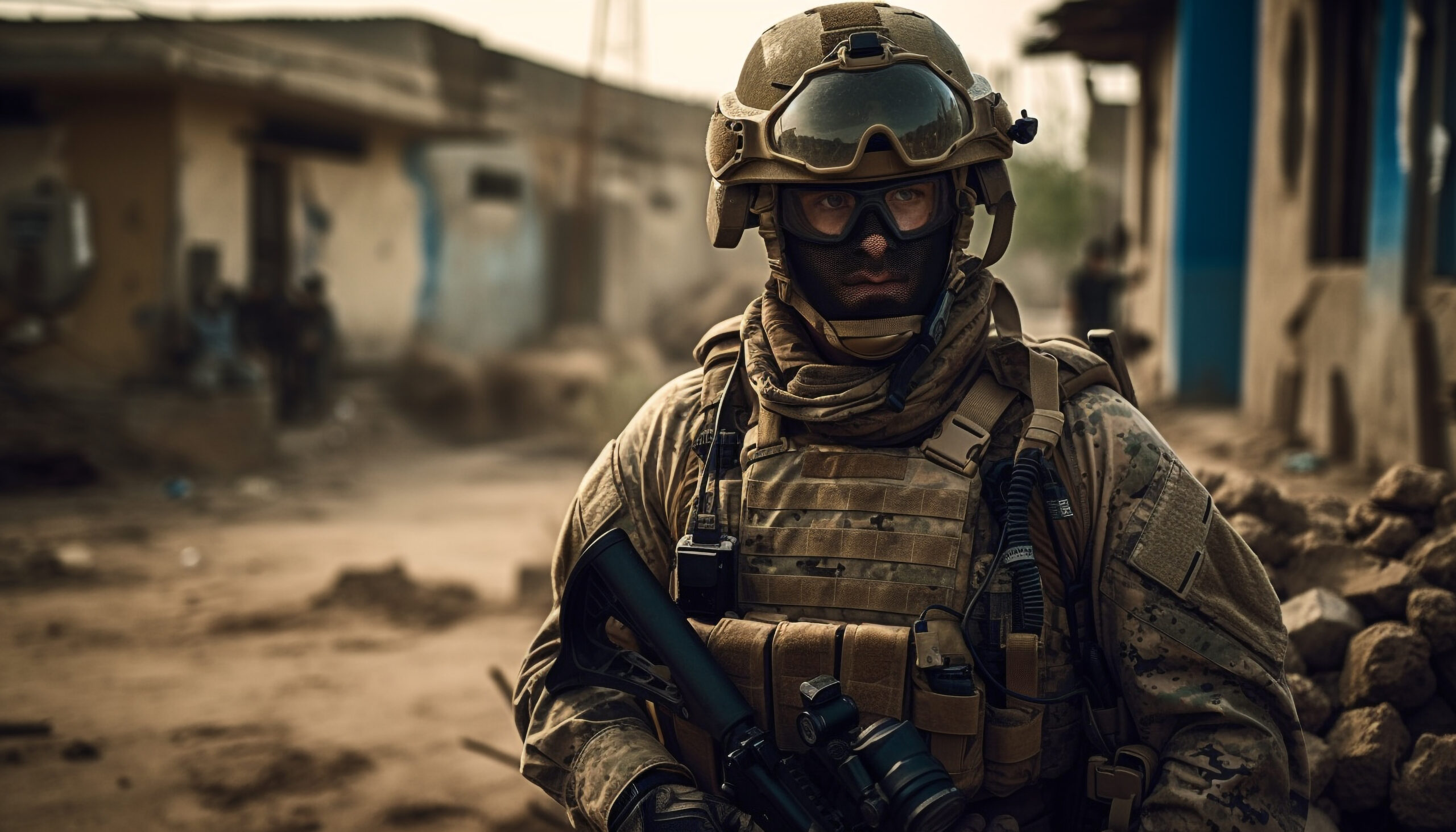Military funerals are solemn ceremonies that pay tribute to the men and women who have served their country with honor and dedication. These ceremonies follow specific protocols and traditions to ensure that the service and sacrifice of the deceased are properly recognized. In this blog post, we’ll explore what to expect at military funeral services, flag etiquette, and the protocols that govern these solemn occasions.
What to Expect at Military Funeral Services
Military funeral services are marked by their precision, dignity, and respect. Here’s what you can typically expect at such a service:
Flag-Draped Coffin: The casket of the deceased is draped with the American flag. The flag is meticulously folded and presented to the family as a symbol of the nation’s gratitude for the service of their loved one.
Honor Guard: An honor guard, composed of military personnel, presents a final salute to the deceased. The honor guard may also fire a salute using rifles.
Taps: The haunting melody of “Taps,” played by a bugler or recorded, is a poignant and emotional part of the ceremony. It signifies the final farewell to the departed.
Folding of the Flag: The American flag is folded in a precise manner by members of the honor guard. Each fold has symbolic meaning, and the final result is a tightly folded triangle.
Presenting the Flag: The folded flag is presented to a designated family member, typically a spouse, child, or next of kin. The presentation is accompanied by words of gratitude for the deceased’s service.
Military Funeral Flag Etiquette
Flag etiquette is essential at military funerals. Here are some key aspects to consider:
Display of the Flag: The flag should be displayed with the blue field of stars in the upper left corner (when viewed from an observer’s perspective) and should never touch the ground.
Flag-Folding Ceremony: The flag-folding ceremony should be performed with precision and care. Each fold has significance, with the final result resembling a tri-cornered hat.
Presentation to Family: When presenting the flag to the family, it should be held tightly and respectfully. The presenter may say words of condolence and gratitude.
Handling and Care: After the flag is presented to the family, it should be handled with care and stored in a dignified manner.
Military Funeral Protocols
Military funerals are governed by specific protocols, often defined by the branch of service to which the deceased belonged. These protocols ensure that the ceremony is conducted with precision and respect. Key protocols include:
Military Honors: The deceased’s service record and rank determine the level of military honors, which may include a firing party, honor guard, and a chaplain.
Uniforms: Members of the military attending the funeral typically wear their dress uniforms as a mark of respect.
Coordination: Military funerals require coordination between the funeral director, the deceased’s family, and the military branch to ensure that all protocols are followed.
Conclusion
Military funerals are a solemn and respectful way to honor the service and sacrifice of those who have served in the armed forces. Understanding the protocols, etiquette, and traditions associated with these ceremonies helps ensure that they are conducted with the dignity and respect they deserve. These services serve as a powerful reminder of the nation’s gratitude for the dedication of its veterans.
For more information about military funeral protocols or to arrange a military funeral service, please contact your local funeral home or the appropriate branch of the military.


